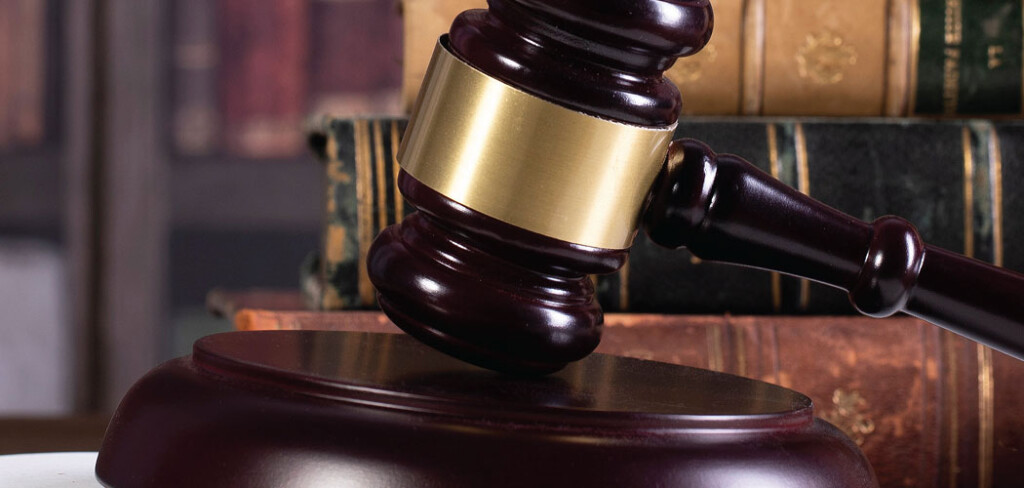Page 58 • (603 results in 0.066 seconds)
-
Mediterranean. Nevertheless, he said it’s the sort of event that’s going to shape the world for generations to come — and it already has. “When you leave one place and go to another place, you’re bringing your memories, your experiences, your culture with you,” Charles said. “And that’s why I went to Turkey, because of the historical movement of people. “We all impact what is around us when we go to a different place. And we change ourselves.”
-
designated by the academic unit. (1 to 4) EDUC 391 : Foundations of Learning Investigation into theories of learning and development and into historical and current practices, values, and beliefs that influence efforts to shape learning in educational settings. Topics include: self as learner, theories of learning, others as learners, exceptionalities, technology, values literacy, and factors influencing learning and literacy. Limited to music and health and fitness education majors. Prerequisite
-
Nishi Hongwanji. He enjoys practicing Aikido and spending time with his family and wife Cyndi Yasaki. Cyndi was the minister’s assistant at the Gardena Buddhist Church in California and received her Tokudo in the Summer of 2019.Dr. Samuel TorvendWho: Dr. Samuel Torvend, Professor of the History of Christianity, PLU Bio: Dr. Samuel Torvend teaches courses in the history of early, medieval and reformation Christianity as well as historical courses on the reform of social welfare, Christian responses
-
Bussie is an award-winning author, professor, theologian, and student of life in all its messy beauty, as well as a much sought after speaker and workshop facilitator. Her first book, The Laughter of the Oppressed won the national Trinity Prize. Her 2nd book, Outlaw Christian: Finding Authentic Faith by Breaking the Rules won the 2017 Gold Medal Illumination Award for Christian Living and received a coveted starred review from Publishers Weekly. Her 3rd and latest book, Love Without Limits: Jesus
-

lives you’re able to compartmentalize how you fit into all [video: Dr. Luther’s voice comes in over more clips. A couple speaks to an advisor. A historical building in downtown Tacoma. A shot of a Courthouse in Tacoma.] Dr. Luther: part of this new criminal justice program will be a required internship so that not only are we educating our students but instead our students are getting educated by community agencies [video: Return to Dr. Luther in her office.] Dr. Luther: and that they’re able to
-
course meets state education certification requirements for content in physical and historical geology. (4) ESCI 287 : Special Topics in Earth Science To provide undergraduate students with new, one-time, and developing courses not yet available in the regular curriculum. The title will be listed on the student term-based record as ST: followed by the specific title designated by the academic unit. (1 to 4) ESCI 288 : Special Topics in Earth Science To provide undergraduate students with new, one
-

Kingdom and beyond. “Derry has something to teach us in today’s world,” Kelleher said. “Join us to meet the people who have done hard work to achieve peace, and learn new ways to bring people together across deep historical divides.” 2017 Summer Family Fun Night at Minnesota Twins Tuesday, Aug. 8, 2017 Minneapolis, MN PLU Day at the Seattle Sounders Saturday, Aug. 12, 2017 Seattle, WA PLU Day at the Rainiers Saturday, Aug. 19, 2017 Tacoma, WA Homecoming and Family Weekend | Oct. 13-15 Alumni, it’s
-
Holocaust. Conference ScheduleShe has presented papers at conferences all over the world, including at Yad Vashem, Jerusalem, Israel, the Belgian Academy of Rome, Rome, Italy, and The German Historical Institute in London, UK. She has participated in scholars’ workshops and seminars at the United States Holocaust Memorial Museum and has given lectures in various venues including the Toronto Holocaust Education Week and at many synagogues. She is dedicated to educating the general public and has given
-
Holocaust. Conference ScheduleShe has presented papers at conferences all over the world, including at Yad Vashem, Jerusalem, Israel, the Belgian Academy of Rome, Rome, Italy, and The German Historical Institute in London, UK. She has participated in scholars’ workshops and seminars at the United States Holocaust Memorial Museum and has given lectures in various venues including the Toronto Holocaust Education Week and at many synagogues. She is dedicated to educating the general public and has given
-
editor of The Nuremberg Trials and Their Policy Consequences Today (NOMOS Verlag, Baden-Baden, Germany, 2008). In addition, she is the author of many chapters in books and numerous book reviews. She is currently under contract with Bloomsbury Academic Press, London, UK to write a textbook on antisemitism and the Holocaust. She has presented papers at conferences all over the world, including at Yad Vashem, Jerusalem, Israel, the Belgian Academy of Rome, Rome, Italy, and The German Historical
Do you have any feedback for us? If so, feel free to use our Feedback Form.


